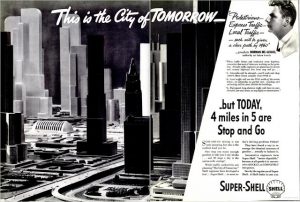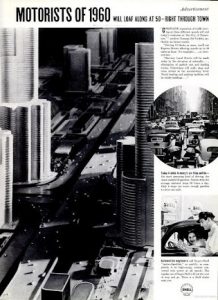There are some ways that the internet has irrevocably changed marketing, and ways in which the changes are just an amplification of things that have always been true. In both cases, it’s good for businesses to have a handle on how best to approach marketing in the digital age. Here are five marketing mantras important to keep in mind for effective marketing in the digital age.
1. What you say matters less than what you do
While this isn’t new to the internet era, it’s more true than ever. You can talk about how awesome your product is and how you’re company’s the best at what you do, but if your customers on review sites and social media don’t back up your claims, you’re out. Word of mouth works faster and travels further in the digital age, meaning a business with consistently disappointing service won’t get very far.
2. Quality content is crucial
Google decides who wins and loses in the online arena and they’ve decided the winners are those offering the greatest value to their audience. To gauge that value they measure metrics like: how many visits a site gets, how long visitors stay on the site once there and the number of people who feel inspired to share the site with others via links on their own sites or social media. Google’s algorithm measures worth by popularity. The most popular sites tend to be those offering blog posts, videos, articles and other types of content that are entertaining, educational, inspirational or otherwise valuable to visitors, which brings us right up to #3.
3. Marketing is more consumer driven than ever before
You can’t make people pay attention to you. The amount of ad saturation facing the modern consumer has trained many to simply tune out the billboards, subway ads, and literally skip over commercials on tv. The internet allows people to hone in on precisely what they’re looking for — you can’t demand that they pay attention to your business, but you can work to make sure you show up when they’re looking for the types of products or services you can provide, or any information relevant to your industry. Someone that stumbles upon a florist’s useful blog post on the best flowers to choose for different types of occasions is more likely to choose that florist for her next event now that she knows their name and level of expertise.
4. Marketing is more targeted and trackable
Companies are welcome to throw huge quantities of their marketing budgets at media with large and varied audiences like tv, radio and billboards for as long as they please. For smaller businesses that need more value for their money, the internet allows you to focus your marketing efforts on people that are already looking for what you’re selling and better track just how they found you so you can measure ROI.
5. Competition has changed
With Google’s algorithm largely determining which businesses gain the greatest visibility in the digital age, businesses must pay attention to how Google measures website worth. Their goal has consistently been to provide the best possible user experience, meaning that insofar as the Google search engine is doing its job, the consumer wins. If your goal is to offer the best products or services, the best customer service and the most valuable content on your site you’re likely to beat any competitors with less honorable practices to the top of the list. It’s not an exact science, but it’s a pretty good bet that the businesses with the best practices will succeed.




